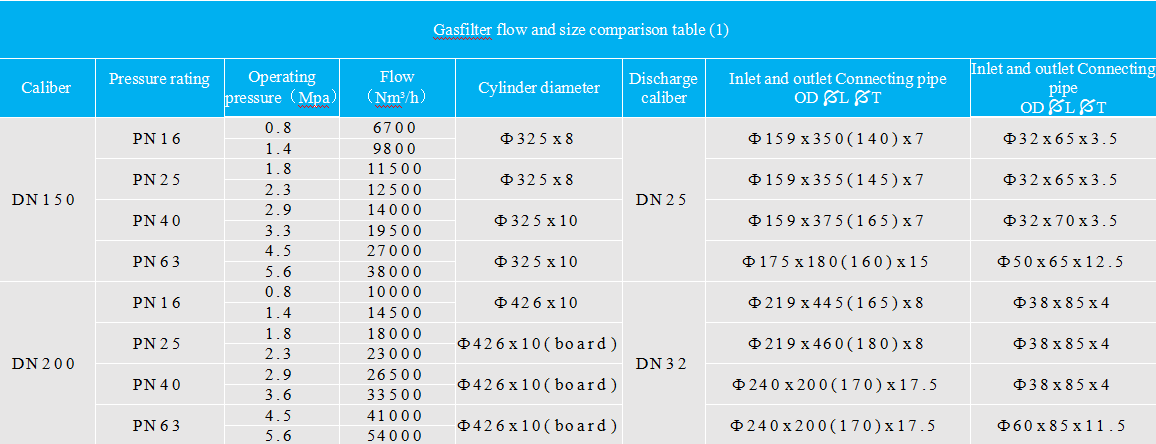
8 月 . 21, 2024 05:35
Back to list
Pressure Reduction Skid Design for Efficient Gas Handling and System Optimization
Understanding Pressure Reduction Skids A Critical Component in Industrial Processes
In the realm of industrial operations, particularly within the oil and gas, chemical, and petrochemical sectors, the efficient management of pressure is crucial. One key device that aids in this process is the pressure reduction skid. A pressure reduction skid is a compact, pre-engineered system designed to reduce high-pressure gas or liquid to a lower, more manageable pressure for various applications. This article delves into the significance, components, operation, and applications of pressure reduction skids.
Significance of Pressure Reduction Skids
Operational safety and efficiency are paramount in industries that handle high-pressure fluids. Pressure reduction skids serve a vital role in controlling the pressure at which these fluids are transported or processed. By safely reducing pressure, these skids minimize the risk of leaks, explosions, and other hazards associated with high-pressure operations. Furthermore, they enhance workflow efficiency by ensuring that downstream processes receive fluids at optimal pressures for their requirements.
Key Components
A typical pressure reduction skid comprises several essential components, including
1. Pressure Reducing Valves (PRVs) These are the heart of the skid, responsible for adjusting the pressure of the fluid flowing through the system. They can be set to specific pressure levels and are designed to respond instantly to pressure changes.
2. Control Systems Advanced skids utilize electronic control systems to monitor and adjust the pressure in real time. These systems can be automated or manual, depending on the operational requirements.
3. Flow Meters To ensure efficient operation, flow meters provide vital information regarding the volume and rate of fluid passing through the skid, allowing operators to make informed decisions.
4. Safety Devices Pressure relief valves and other safety mechanisms are integral to prevent overpressure situations, safeguarding both the equipment and personnel.
5. Skid Frame The entire assembly is mounted on a structural frame (the skid) that allows for easy transportation, installation, and integration into existing systems.
pressure reduction skid

Operation of Pressure Reduction Skids
The operation of a pressure reduction skid is relatively straightforward. High-pressure fluid enters the skid through an inlet. The pressure reducing valve then adjusts the pressure to the desired level. The flow meters measure the output, which is monitored by the control system. If the pressure exceeds predetermined limits, the safety devices activate to relieve excess pressure, ensuring a stable and safe operational environment.
Applications
Pressure reduction skids find their applications in various sectors
1. Oil and Gas Industry They are essential for managing downhole pressure during drilling, as well as for processing and transporting crude oil and natural gas.
2. Chemical Manufacturing In chemical processes, skids control the pressure of reactive substances, ensuring safe and efficient reactions.
3. Power Generation They are used in steam and gas turbine systems, regulating the pressure of the working fluids for optimal energy output.
4. Water Treatment Pressure reduction skids control the pressure of water systems, ensuring safe operation in treatment plants.
Conclusion
Pressure reduction skids are an indispensable component in the landscape of industrial operations. Their ability to safely and efficiently manage fluid pressure enhances operational safety, regulatory compliance, and process efficiency. As industries continue to evolve, the design and technology behind pressure reduction skids will likely advance, further optimizing their performance and reliability. Understanding these systems not only helps operators ensure safe operations but also contributes to the overall success of industrial processes.
Latest news
-
Unlocking The Quality Gas Pressure ReducersNewsNov.01,2024
-
The Role of Gas Pressure Reducing StationsNewsNov.01,2024
-
The Importance and Functionality of Safety Relief ValvesNewsNov.01,2024
-
The Essential Role of Safety Valves in Natural Gas ApplicationsNewsNov.01,2024
-
The Essential Role of Gas Pressure RegulatorsNewsNov.01,2024
-
Enhance Your Premium Gas FiltersNewsNov.01,2024

